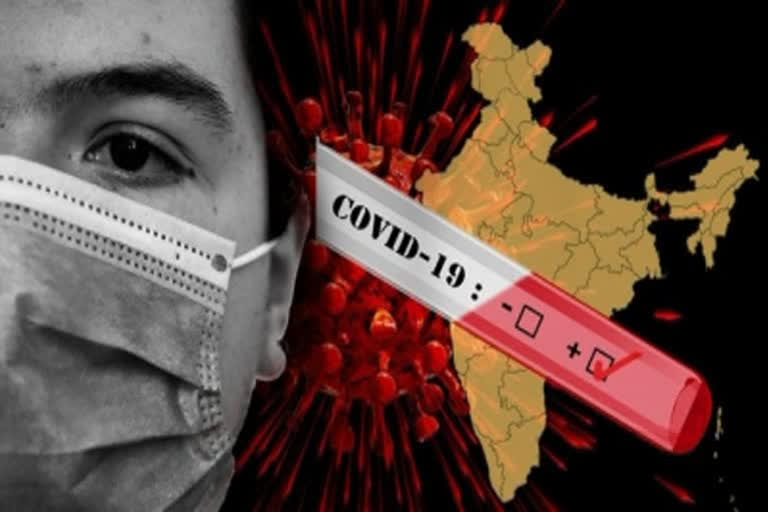Hyderabad: The Indian government's premature celebration after first COVID-19 wave, its failure to prepare for the second wave and bad planning have all put India in the crisis it is facing today, one of the most coveted medical journals The Lancethas stated in its report.
"Health infrastructure has collapsed in several cities, with several state governments imposing curfews and lockdowns on movement. State governments are scrambling to build up new infrastructure, making announcements this month about suddenly commencing the construction of new health facilities or oxygen plants. However, this frenetic activity comes in the middle of an ongoing and exponential rise in cases, whereas it should have come before," the report said.
Citing experts, 'The Lancet' said that massive public gatherings in view of Assembly elections in four states and a union territory, and the Kumbh Mela where millions of people turned up for prayers and a dip in the river Ganges were primarily responsible for the surge in the number of COVID-19 cases.
Also read:1 In 3 Women With COVID Pneumonia At Lung Damage Risk: Lancet
"Fully opening society with unrestrained crowding, mass gatherings, large scale travel, and lack of personal protective measures such as masks permitted the virus to move freely," the report stated quoting Srinath Reddy, president of the Public Health Foundation of India. Voicing his opinion, Reddy told the top peer-reviewed journal that large mass gathering "should have been avoided". "That would have not only protected participants in mass gatherings, but also prevented others from getting the wrong signal that the danger had fully passed."
The report was also critical of the government's failure to arrange an adequate number of oxygen cylinders.
"India's daily production capacity for oxygen is 7,127 metric tonnes (MT) and consumption is 3,842 MT, according to Indian Government data released in early April. However, a few days later, Max Hospital, a private hospital, approached a Delhi court to inform them about an oxygen shortage at their facility. During the hearing, the government is reported to have told the court that India's oxygen consumption was over 8,000 MT per day by April 21," the report read. "The Indian Government only announced on April 15 that it is looking to import 50,000 MT of medical oxygen," it highlighted.
